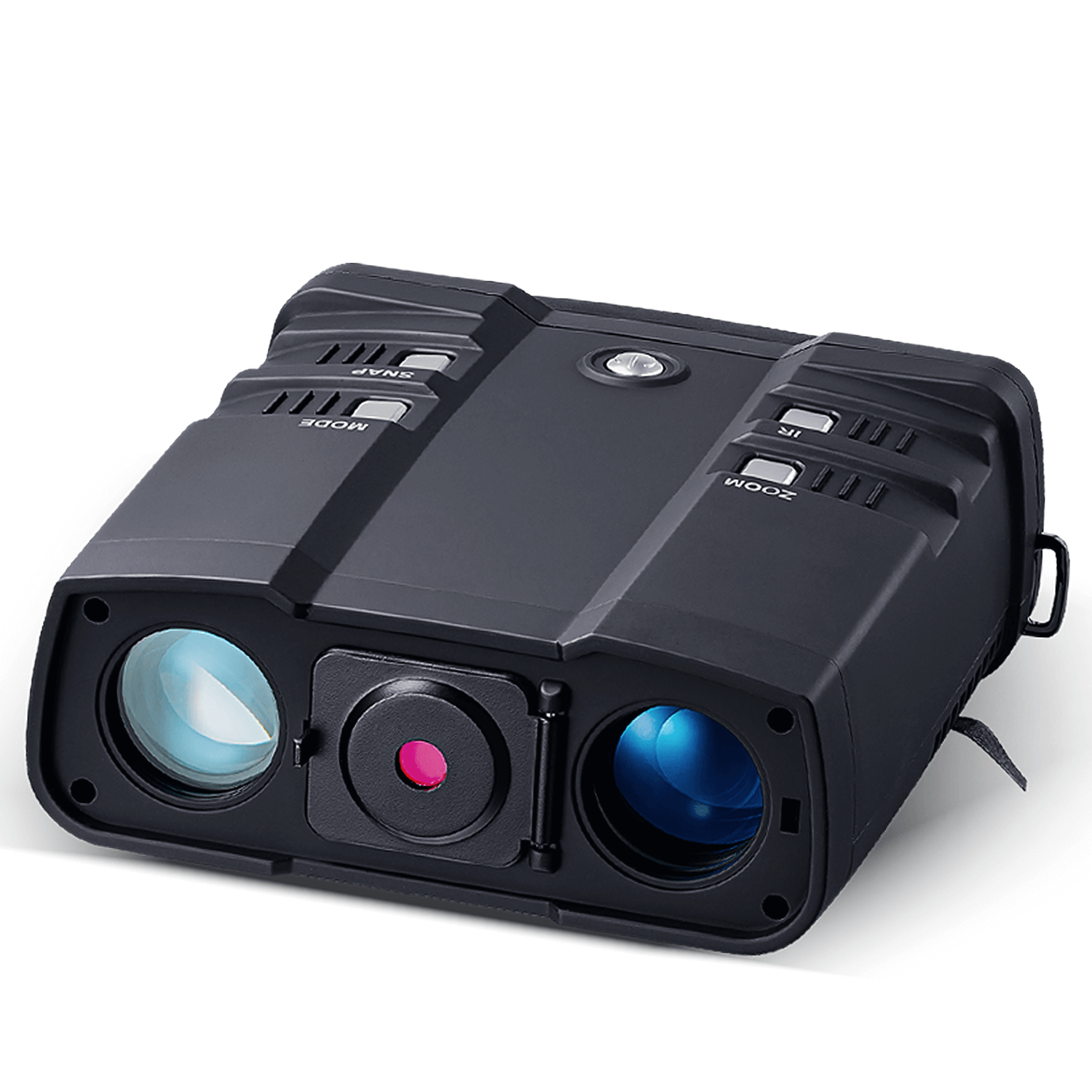The Copernicus Crater on the Moon is a unique and fascinating sight that has captivated astronomers for centuries. It was once known as the "Monarch of the Moon" due to its grand appearance and impressive features. Copernicus is a dual-personality crater that transforms depending on the angle of the sun.
At low sun elevations, deep shadows cast by the terraced walls and central peak of Copernicus reveal stunning detail that is not visible at other times. Chains of secondary craters, created by debris from the impact that formed Copernicus, can be seen stretching radially away from the main crater. Pits that fan out from the rim of Copernicus and pockmark the surrounding area are a testament to the power of the impact that excavated the crater less than a billion years ago.
However, under high noon sun, the Copernicus region takes on a completely different appearance. The interior of the crater becomes featureless while the ray structure, best seen under high sun, transforms into a blossom of rays spreading equally in all directions. The ray system is the second largest on the Moon, and the contrast of its bright rays against the darker mare region surrounding Copernicus makes it a favorite of both amateur and experienced lunar observers.
The accompanying image showcases the dual nature of Copernicus, as it is a compromise between low sun which reveals the structure of the crater and noontime sun which highlights the beautiful ray structure. The Copernicus Crater is a fascinating destination for lunar observers and continues to capture the imagination and spark the curiosity of astronomers everywhere.





